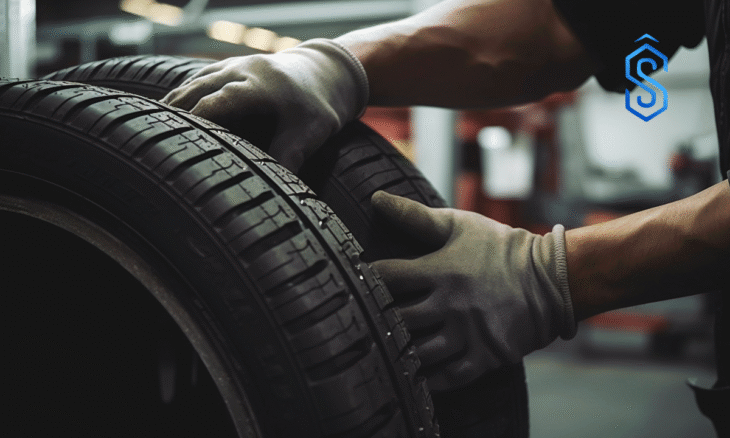New Delhi: The Indian tyre industry is on track for transformative growth, with revenues projected to increase twelve-fold by 2047, according to a new report jointly released by the Automotive Tyre Manufacturers Association (ATMA) and PwC India.
The study, titled “Viksit Bharat 2047: Vision and Roadmap for the Indian Tyre Industry”, highlights that production volumes are expected to grow nearly four times during this period, taking industry revenues to approximately ₹1,300 thousand crore.
Indian Tyre Industry Growth Outlook
The revenue surge for the Indian tyre industry will be driven by a changing revenue mix, premiumization, higher raw material costs, rising exports, electrification, and the expansion of tyre-related services.
Also Read: SecuraDrive CIRCL: CEAT Launches Passenger Car Tyre with 90 Per Cent Sustainable Materials
Kavan Mukhtyar, Partner and Leader – Automotive, PwC India, noted that India’s progress towards Viksit Bharat 2047 opens significant opportunities for the industry. He emphasized that demand from both domestic customers and global export markets such as the US and EU will reshape the sector. Sustainability imperatives, material innovation, brand positioning, and digital transformation are also expected to play pivotal roles in driving competitiveness.
Arun Mammen, Chairman of ATMA, said the Indian tyre industry is at a turning point, supported by economic growth, evolving mobility needs, and global expansion. He emphasized that the industry’s twelve-fold growth forecast will rely on sustainability-led innovation, premium product offerings, and advanced technology adoption.
Strategic CHARGE Framework
To achieve this vision, PwC India has proposed a CHARGE framework that focuses on six growth levers:
- Customer relevance
- High-quality standards
- Adaptability
- Resilience and sustainability
- Growth through innovation
- Empowering alliances and partnerships
This framework underscores customer-centric strategies, adoption of futuristic technologies, continuous quality enhancement, and forging strategic global partnerships.
Also Read: How New GST Rates Will Impact Automobiles, Agriculture, and Logistics
Key Growth Drivers and Challenges
- Domestic Demand: OEM and replacement tyre revenue is expected to grow at nearly 10% CAGR until FY47, supported by rising passenger vehicle and two-wheeler sales, as well as commercial vehicle demand.
- Exports: The export market for Indian tyres is projected to expand substantially by FY47, with free trade agreements, brand strengthening, and cost competitiveness driving growth.
- Servitisation: Fleet operators are expected to adopt professional tyre management services, creating opportunities in advisory, fleet optimization, and digital tyre monitoring solutions.
However, challenges remain, including the sustained availability of natural rubber, dynamic regulatory changes, and non-tariff barriers in export markets.
Sanjay Dawar, Partner and Leader – One Consulting, PwC India, emphasized that achieving this ambitious twelve-fold growth will require a holistic approach, combining innovation, sustainability, digital transformation, and strategic alliances.








